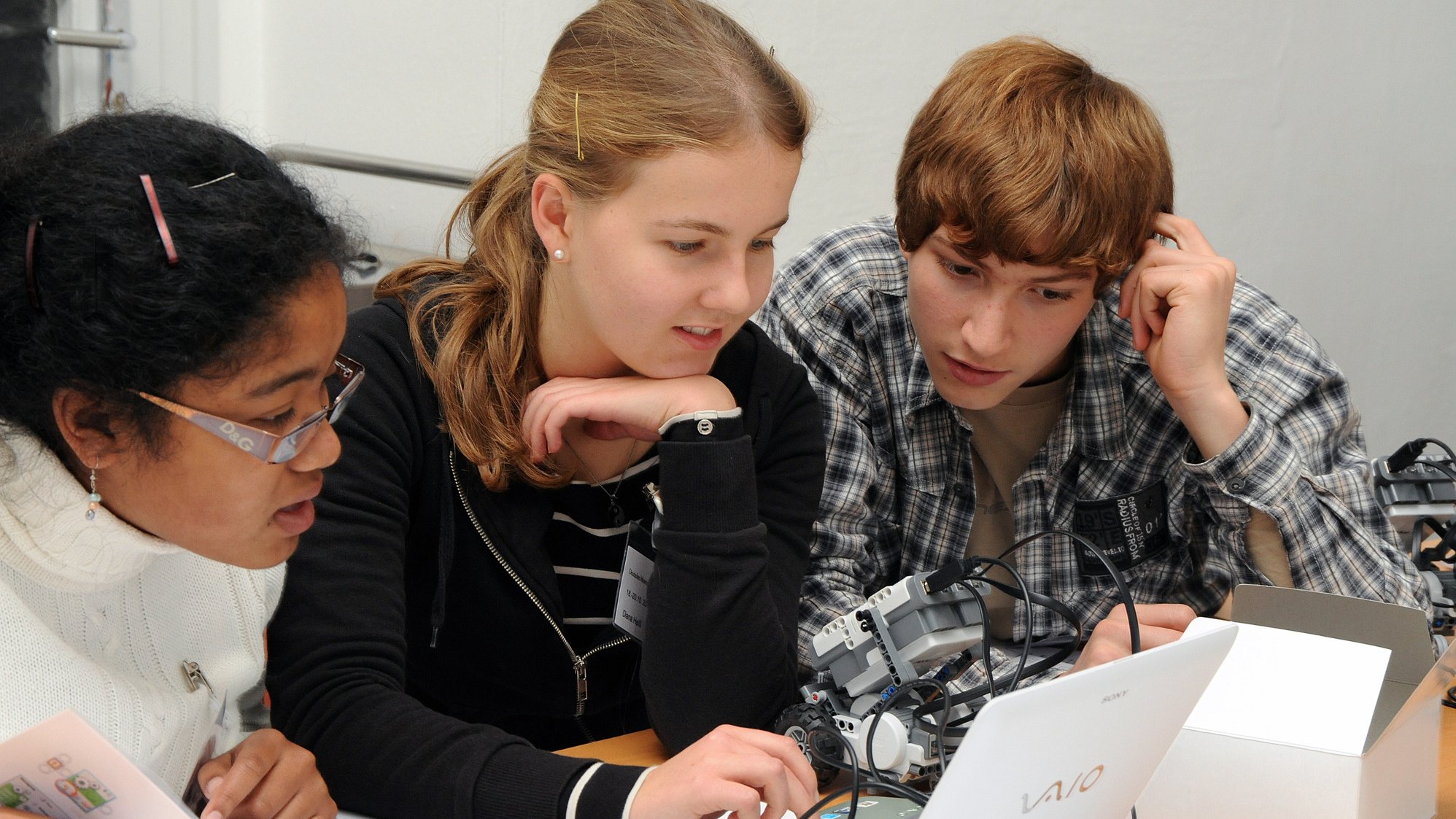Cryptography à la James Bond: Workshop taught pupils the basics of encrypting and decrypting messages and images
In a one-day workshop, pupils could immerse themselves in the exciting world of secret agent James Bond and were able to develop and expand their skills in encrypting and decrypting secret messages and images. In addition to an introduction to cryptography, the science of encrypting information, three tricky secret agent assignments awaited the participants.
Some information you would rather not share: Encryption methods are used to keep messages, photos and the like secret or to keep them safe on the computer. But what makes good encryption and how does it work? Our cryptography experts Dr Felix Boes and Michael Nüsken provided answers to these questions.
The offer from Bonn Computer Science and the Bonn-Aachen International Center for Information Technology (b-it) gave pupils from the 10th grade upwards a taste of secret agent air and introduces them to the various methods of cryptography "hands-on". The participants received a compact introduction to the science of encrypting information (cryptography) and could then put their new knowledge and skills to the test: Three tricky assignments, just like secret agent James Bond would receive, were waiting to be decoded.
The program
9:00 – 10:30 | Welcome and introduction Cryptography: Mathematics for James Bond and Co., or how to keep Her Majesty's secret? |
10:45 – 12:45 | Bond's first and second assignment (experiments on the computer) Module and addition chain game |
12:45 – 13:45 | Lunch break |
13:45 – 15:00 | Bond's third assignment (experiments on the computer) Module game and addition chain game
|
15:00 – 16:00 | Conclusion and Outlook |
About the Pupils' Crypto
The Pupils' Crypto is an annual event offered by the Faculty of Computer Science and the Bonn-Aachen International Center for Information Technology (b-it) and is aimed at pupils in grades 10 to 13. The aim is to familiarize those interested with the basics of cryptography and essential aspects of computer science studies.

